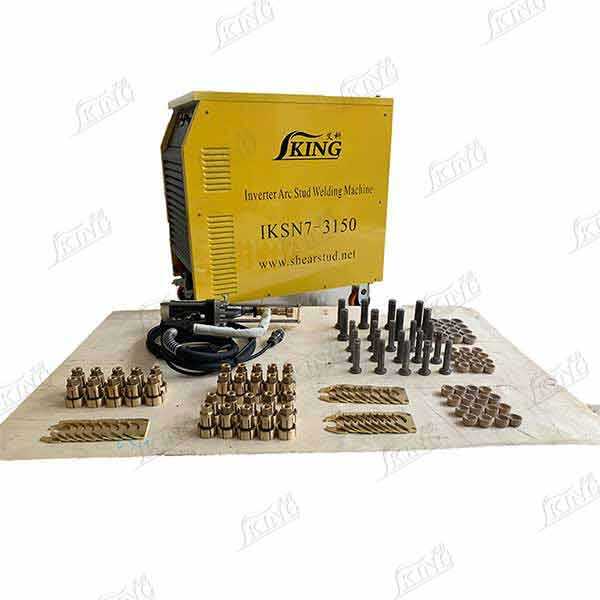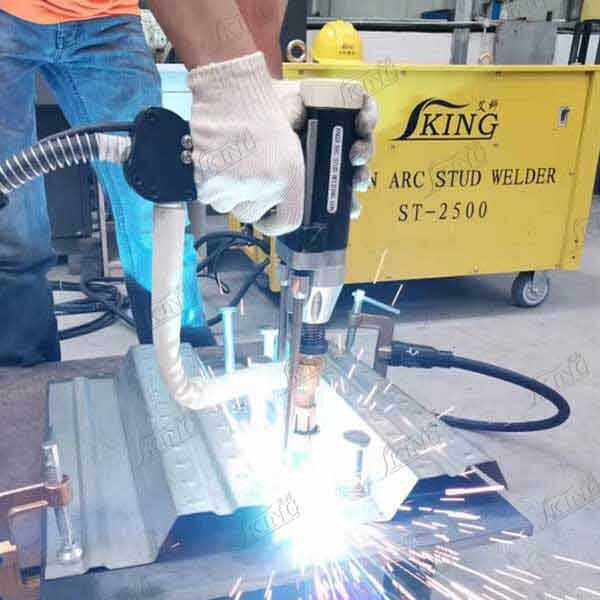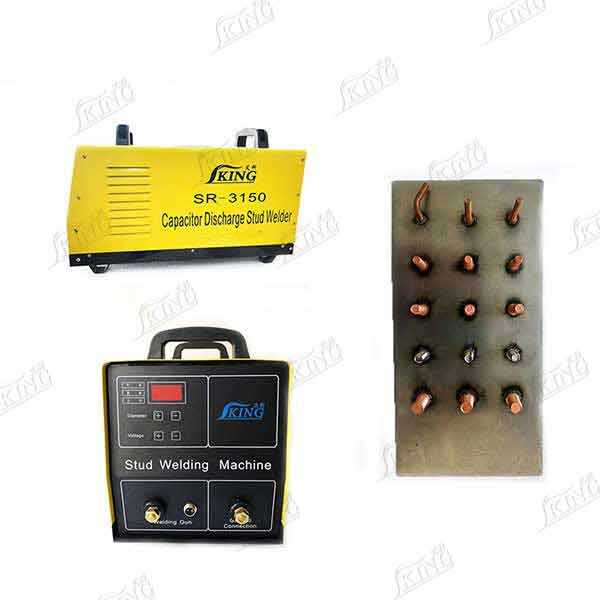stud machine welding
Stud machine welding represents a sophisticated and efficient welding process that automatically joins studs or fasteners to metal surfaces through a controlled electric arc. This advanced welding technique utilizes specialized equipment that combines precise timing, controlled electrical current, and automated stud feeding mechanisms to ensure consistent, high-quality welds. The process begins when the stud is loaded into the welding gun and positioned against the workpiece. A powerful electric arc is then generated between the stud and the base material, creating a molten pool. The stud is automatically plunged into this pool, and upon cooling, forms a strong metallurgical bond. This technology is particularly valuable in industries requiring rapid, reliable fastener attachment, such as automotive manufacturing, construction, and industrial equipment production. The process can accommodate various stud sizes and materials, including steel, stainless steel, and aluminum, making it incredibly versatile. Modern stud welding machines often feature digital controls, allowing for precise parameter adjustment and monitoring of the welding process, ensuring optimal results and reducing the likelihood of defects.


